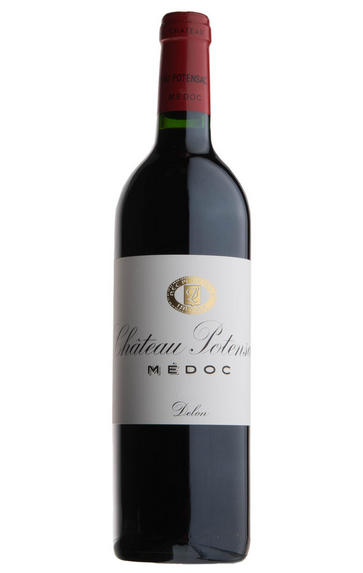
2008 Château Potensac, Médoc, Bordeaux
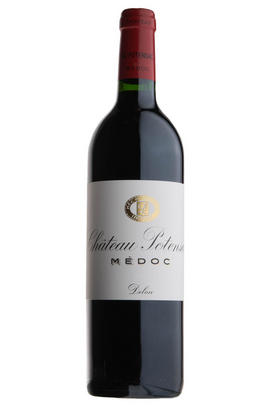
Critics reviews
The 2008 Potensac has an attractive bouquet with blackberry, briary and cedar aromas that gently waft from the glass, the oak here nicely integrated. The palate is medium-bodied with firm, grainy tannin. This comes across a little savoury in style, with hints of dried blood infusing the black fruit towards the slightly dry but still balanced finish. Fine. Tasted blind at Farr Vintners’ 10-Year On tasting.
Drink 2018 - 2026
Neal Martin, Vinous.com (May 2018)
42% Merlot, 40% Cabernet Sauvignon and 18% Cabernet Franc; 8.7% press wine added; 13.2 % alcohol; 30% new oak.
Deep ruby-violet. Explosive aromas of violet, ripe red cherry and spicy blackcurrant. Less massive on the palate than the nose would suggest, offering rich and attractive black cherry and blackberry syrup flavours and excellent balance. The long finish features youthfully tight tannins that should resolve nicely with time.
Ian D'Agata, Vinous.com (May 2009)
Tasted blind. Dark crimson. Well-integrated nose. It's stony and a bit austere but very fresh. Just a little scrawny. But classic.
Drink 2020 - 2032
Jancis Robinson MW, JancisRobinson.com (March 2018)
Perhaps the finest Potensac made since the 1982, the 2008 is undoubtedly a sleeper of the vintage. Harvested between October 4-16, this blend of 42% Merlot, 40% Cabernet Sauvignon, and 18% Cabernet Franc was fashioned from modest yields of 44 hectoliters per hectare.
While lacking the prestige of a grand cru classe, it offers an amazing display of sweet black cherry and cassis fruit intermixed with notions of earth and spice. Good purity, a medium to full-bodied mouthfeel, a seamless balance, ripe tannins, and fresh acids result in an amazing wine that should sell for a song. It should evolve for a decade or more.
Robert M. Parker, Jr., Wine Advocate (April 2009)
Racy and refined with super polished tannins and a mineral and berry character, Full and dense with a well-integrated mouth feel. All there. Give it two years.
James Suckling, JamesSuckling.com (December 2010)
Mulberry fruits and gentle autumn hedgerow aromas develop on the palate to become more about the branches than the fruit. Once it settles in, this has a lovely texture and weight, with good freshness and soft tannins, but the fruit is less luscious than you might like. It is ready to drink but needs some food to soften it out.
Drink 2018 - 2025
Jane Anson, Decanter.com (January 2018)
About this WINE
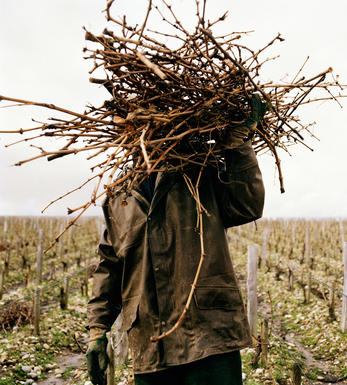
Chateau Potensac
Château Potensac is a leading Cru Bourgeois estate located between the villages of Blaignan and Ordonnac in the far north of the Médoc. Potensac is a large property, consisting of 50 hectares of vineyards which are planted on soils rich in alluvial gravel and red clay. The vines (60% Cabernet Sauvignon, 25% Merlot, 15% Cabernet Franc) have a high average age of around 35 years.
The grapes at Potensac are hand-harvested and then vinified in a combination of temperature-controlled, concrete and stainless steel tanks. The wine is matured in small oak barrels (20% new) for 14-16 months.
Quality at Potensac has been on an upward curve ever since Michel Delon (of Léoville-Las-Cases) fame took over the running of the property in the 1970s. He passed away in 2000 and Potensac is now run by his dynamic son Jean-Hubert, with the assistance of maître de chai Bruno Roalland.
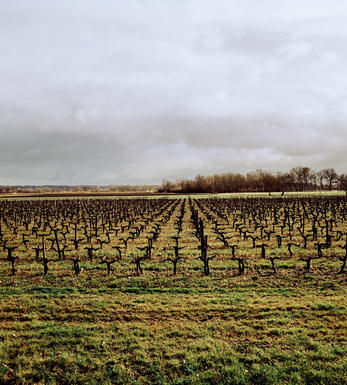
Médoc
The Médoc is arguably the most famous red wine district in the world, home to many of the greatest and most renowned names of Bordeaux. It stretches north-west from the city of Bordeaux with the Gironde estuary to the east. The vineyards extend up to eight miles from the river and run for about 50 miles northwards. It is a surprisingly dull landscape, with the best land found on gravelly outcrops.
The most northerly, low-lying vineyards are classified as Bas-Médoc, whilst those on higher ground, closer to the city of Bordeaux, are entitled to the Haut-Médoc appellation. Within that appellation, there are further communal or village appellations, namely Listrac and Moulis, and the four great names of St. Estèphe, Pauillac, St Julien and Margaux. As a rule of thumb, the greatest wines are made at those properties closest to the river.
Recommended Châteaux from the Bas-Médoc: Ch. Le Boscq, Ch. Patache d'Aux, Ch. Potensac, Ch. la Tour de By, Ch. La Tour Carnet, La Tour Haut-Caussan, Ch. La Tour-St-Bonnet, Ch. Verdignan, Ch. Rolland de By
Recommended châteaux from the Haut-Médoc : Ch. La Lagune, Ch. Cantemerle, Ch d’Agassac, Ch. Belgrave, Ch. Camensac, Ch. Charmail, Ch. Cissac, Ch. Citran, Ch. Lanessan, Ch. Liversan, Ch. du Moulin Rouge, Ch. Sociando-Mallet, Ch. La Tour Carnet, Ch. Verdignan, Ch. d’Arche, Ch. Beaumont, Ch. Lamothe-Bergeron
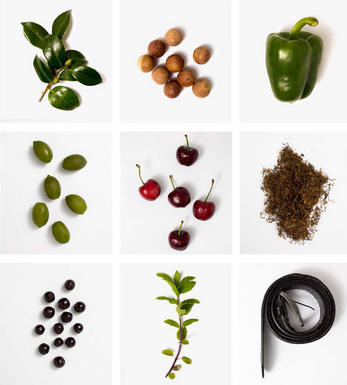
Cabernet Sauvignon Blend
Cabernet Sauvignon lends itself particularly well in blends with Merlot. This is actually the archetypal Bordeaux blend, though in different proportions in the sub-regions and sometimes topped up with Cabernet Franc, Malbec, and Petit Verdot.
In the Médoc and Graves the percentage of Cabernet Sauvignon in the blend can range from 95% (Mouton-Rothschild) to as low as 40%. It is particularly suited to the dry, warm, free- draining, gravel-rich soils and is responsible for the redolent cassis characteristics as well as the depth of colour, tannic structure and pronounced acidity of Médoc wines. However 100% Cabernet Sauvignon wines can be slightly hollow-tasting in the middle palate and Merlot with its generous, fleshy fruit flavours acts as a perfect foil by filling in this cavity.
In St-Emilion and Pomerol, the blends are Merlot dominated as Cabernet Sauvignon can struggle to ripen there - when it is included, it adds structure and body to the wine. Sassicaia is the most famous Bordeaux blend in Italy and has spawned many imitations, whereby the blend is now firmly established in the New World and particularly in California and Australia.


Buying options
Add to wishlist
Description
The 2008 Potensac has an attractive bouquet with blackberry, briary and cedar aromas that gently waft from the glass, the oak here nicely integrated. The palate is medium-bodied with firm, grainy tannin. This comes across a little savoury in style, with hints of dried blood infusing the black fruit towards the slightly dry but still balanced finish. Fine. Tasted blind at Farr Vintners’ 10-Year On tasting.
Drink 2018 - 2026
Neal Martin, Vinous.com (May 2018)
wine at a glance
Delivery and quality guarantee